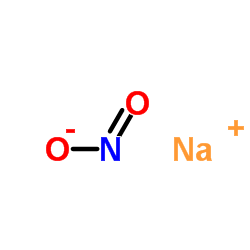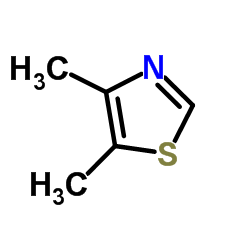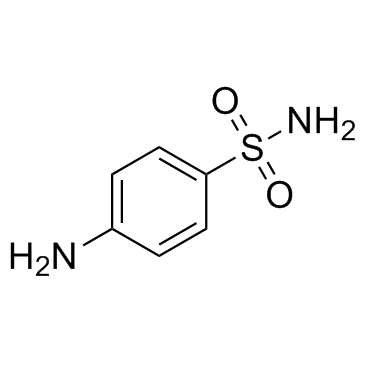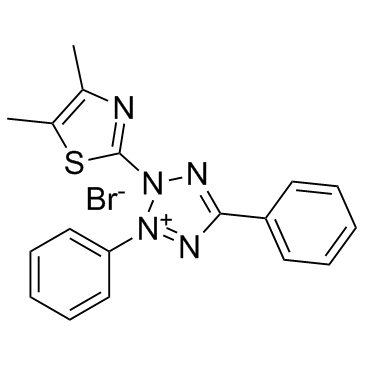| Structure | Name/CAS No. | Articles |
|---|---|---|
 |
Sodium nitrite
CAS:7632-00-0 |
|
 |
4,5-Dimethylthiazole
CAS:3581-91-7 |
|
 |
Sulfanilamide
CAS:63-74-1 |
|
 |
Thiazolyl Blue
CAS:298-93-1 |